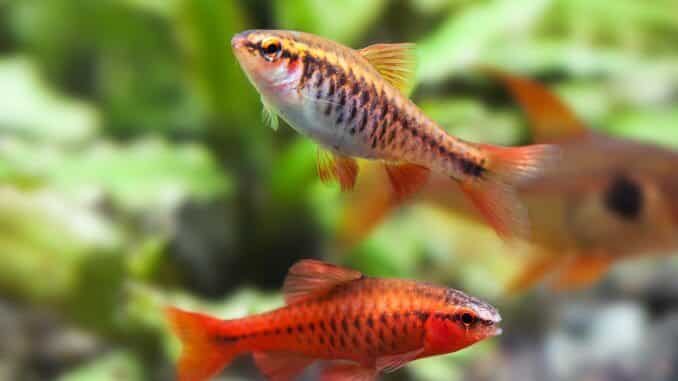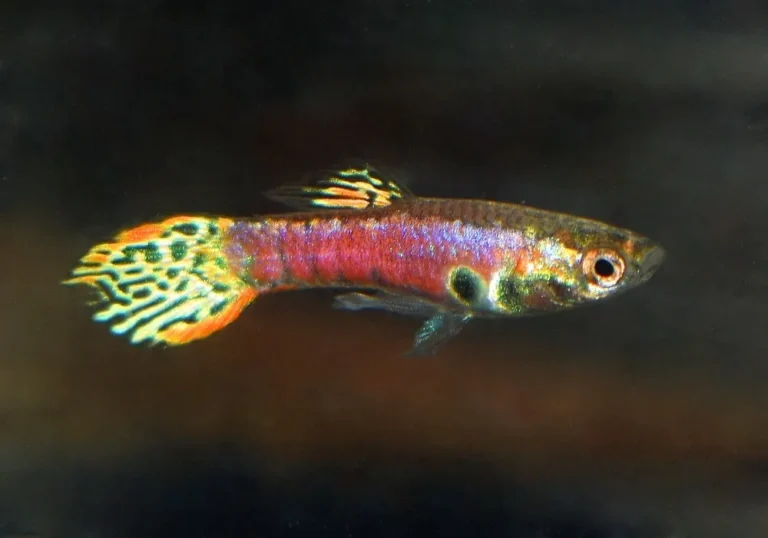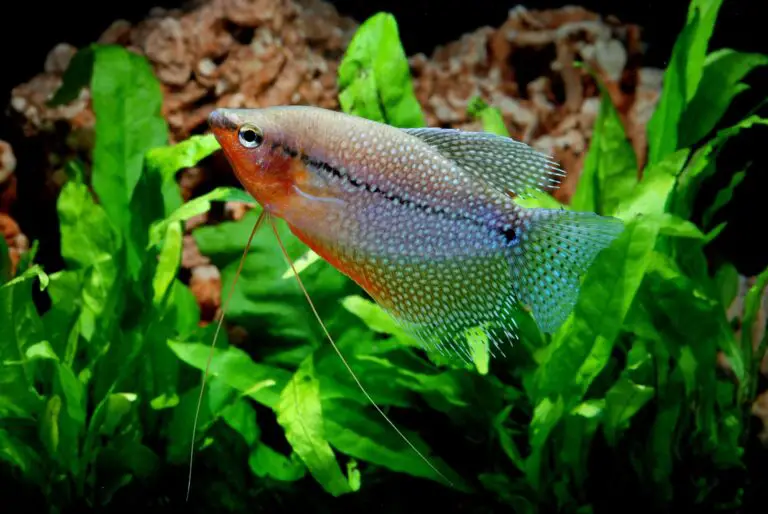Cherry Barb Care: Keeping These Active and Sociable Fish Happy in Your Community Setup
Pet fish can be a source of endless fascination and tranquility in your home, and the vibrant Cherry Barb is no exception. Known for its active and sociable nature, the Cherry Barb (Puntius titteya) is a popular choice among aquarists, especially those new to the hobby. In this comprehensive guide, we’ll walk you through the ins and outs of caring for Cherry Barbs, ensuring that these colorful little companions thrive in your community tank.

Cherry Barb Characteristics
A Riot of Color and Personality
Cherry Barbs are best described as sociable, active, and relatively peaceful fish. Their striking appearance, with a deep red body and a bar of iridescent golden-orange running down their sides, makes them a beautiful addition to any community tank. Males tend to have brighter red colors and are more slender, whereas females are slightly larger and often paler in color. They are also known for their energetic nature, constantly buzzing around the tank, which can add an animated level of activity to your aquarium.
Behaviors That Capture Interest
Beyond their aesthetic appeal, Cherry Barbs are fascinating to watch as they interact with each other and other tankmates. They are schooling fish, which means they should ideally be kept in groups of at least six to allow their natural shoaling instincts to shine. You’ll often find them playing and chasing each other, especially during mating displays, making them a lively addition to the underwater landscape.
Setting Up the Ideal Environment
Cherry Barbs, like all fish, require specific environmental conditions to lead a healthy and happy life. It’s crucial to replicate their natural habitat as closely as possible in your home aquarium.
The Right-Sized Aquarium
A suitable tank for Cherry Barbs should be a minimum of 15 gallons for a small school, although a larger tank is always better. The dimensions of the tank are more important than the overall volume due to their swimming habits. A longer tank provides more surface length for them to dart back and forth, which they love to do.
Water Parameters
Maintaining a stable and comfortable water environment is paramount. Cherry Barbs thrive in slightly acidic to neutral water with a pH level between 6.0 and 7.0, and a temperature range of 73°F to 81°F. Investing in a quality heater and thermometer is essential to achieve these parameters consistently.
Decorations and Substrate
To provide the best environment for your Cherry Barbs, the tank should include plenty of live plants and floating vegetation to mimic their natural habitat. A sandy substrate or small, smooth gravel will allow them to sift through the material, searching for any tasty morsels.
Diet and Feeding Tips
Omnivorous Appetites
Cherry Barbs are omnivores and will accept a wide variety of food. A high-quality flake or micro pellet food can form the basis of their diet, supplemented with live or frozen foods such as brine shrimp, bloodworms, and daphnia. Offering a varied diet will ensure they receive all the necessary nutrients, promoting their well-being and vibrant colors.
Feeding Schedule
Feed your Cherry Barbs 2-3 times a day, providing only what can be consumed in a few minutes. This controlled feeding regimen will help maintain the cleanliness of the tank, reduce waste, and prevent overeating. It’s important to strike a balance – underfeeding can result in malnutrition, while overfeeding can lead to poor water quality and health issues.
Tankmates Compatibility
The Socializing Aspect
Cherry Barbs are known for their social nature and tend to get along well with a wide range of tankmates, provided those species share their peaceful disposition. Other community fish such as tetras, rasboras, and peaceful cichlids make excellent companions for Cherry Barbs. Avoid keeping them with aggressive or larger species that may intimidate or eat them.

Potential Problems
Cherry Barbs are naturally quite peaceful, but males can sometimes become territorial, especially during mating. To prevent any serious conflicts, ensure that your tank is spacious with plenty of hiding spots. If you notice excessive aggression, providing line of sight breaks with decorations or additional plant life can help diffuse tensions.
Health and Maintenance
Proactive Health Care
Adhering to a routine maintenance schedule is your best defense against common fish diseases. Regular water changes, testing water parameters, and maintaining appropriate aquarium conditions are essential for preventing illnesses. Being proactive rather than reactive to issues will keep your Cherry Barbs healthy and happy.
Common Ailments
Some common diseases that Cherry Barbs are susceptible to include ich, fin rot, and velvet. Learning to recognize the symptoms of these ailments early is crucial for successful treatment. If you suspect your fish are unwell, it’s best to act quickly, isolating and treating the infected fish, and ensuring your tank is quarantined for new additions.
Enhancing Their Well-being
Living a Full and Stimulating Life
To promote the well-being of your Cherry Barbs, include plenty of decor options in your tank, such as caves, driftwood, and plants. This not only adds aesthetic value but also serves to create territories and hiding spots, which are important for reducing stress.
Enrichment Activities
Cherry Barbs are active swimmers that enjoy a bit of open space to display their natural behaviors. Adding some space for them to swim freely, as well as slow-moving areas where they can rest and feed, will enrich their lives in captivity.
The Mating Game
Witnessing the mating dance of Cherry Barbs is a treat. In the mating ritual, the males will display their brightest colors and “parade” in front of the females. Mating can occur naturally in a community tank, but if you’re interested in breeding them seriously, consider setting up a separate breeding tank to maximize the number of fry that survive.
Conclusion
Cherry Barbs are a delightful species to keep in a community tank, offering aquarists a burst of color and a dynamic presence. With this guide, you’re well-equipped to care for these active and sociable fish, creating a home environment that not only meets their needs but enhances their quality of life. Remember, a well-maintained tank with contented inhabitants is a joy to behold, so enjoy the distinctive charm that Cherry Barbs bring to your aquatic world.







